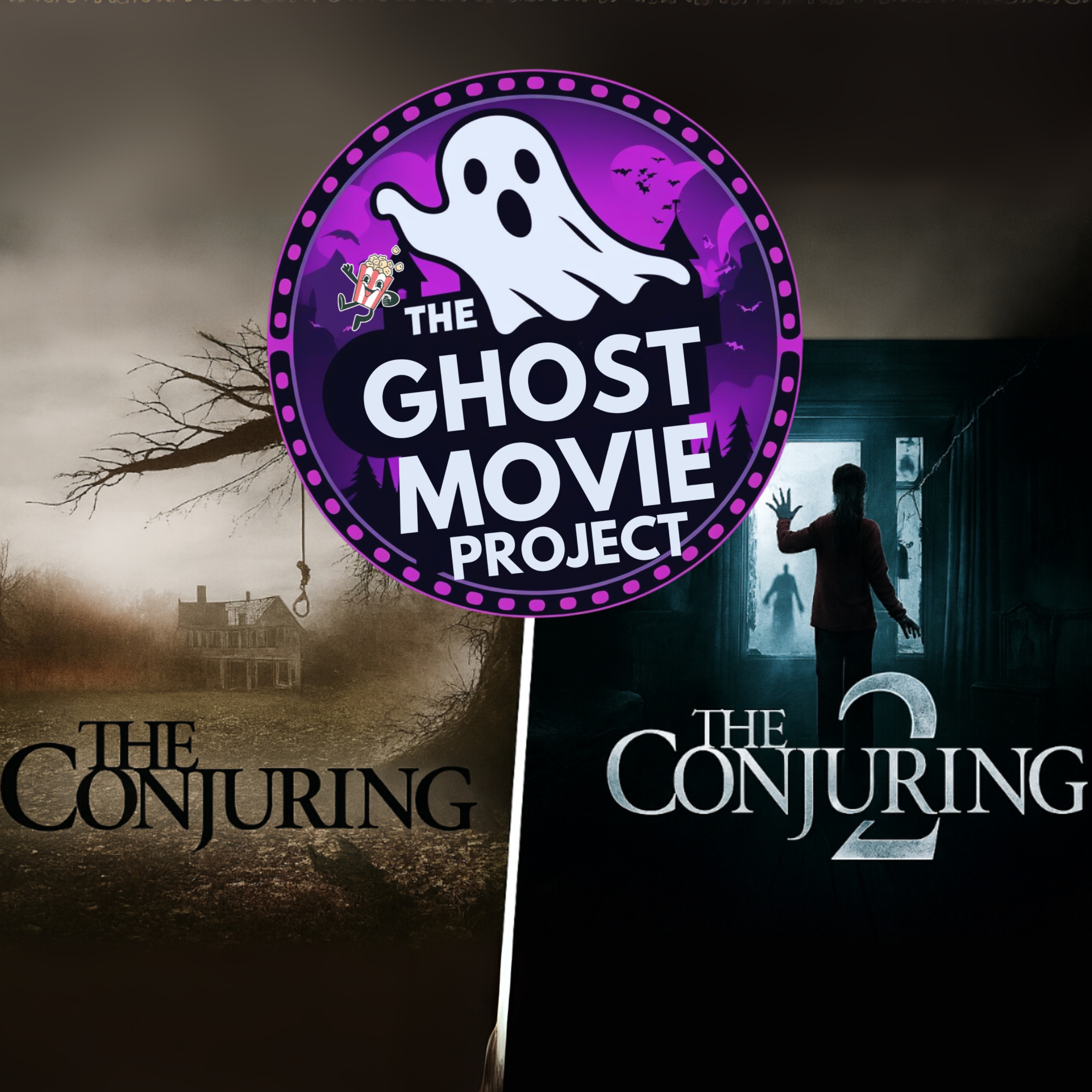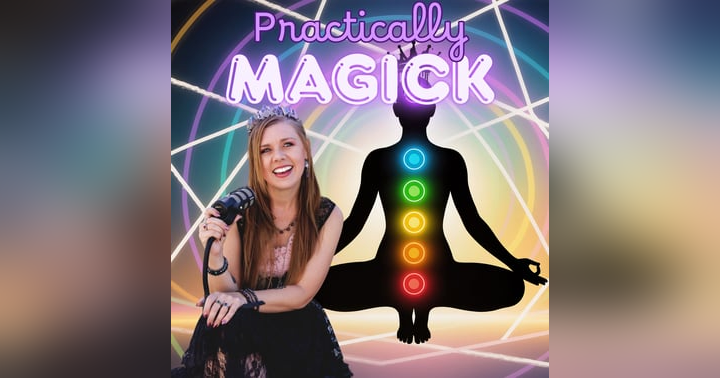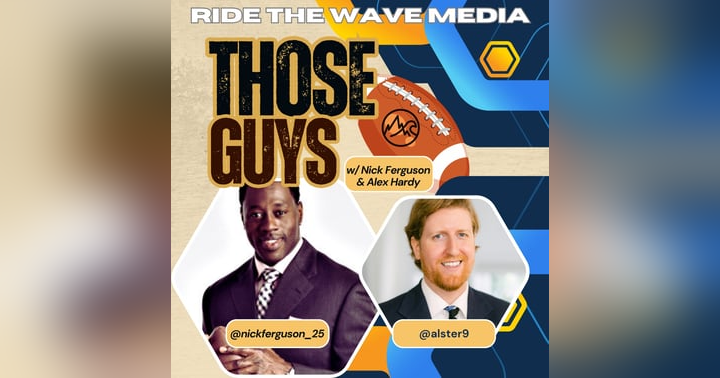Haunted Truths: What The Conjuring Films Teach Us About Ghosts, Demons, and Halloween Energy

Haunted Truths: What The Conjuring Films Teach Us About Ghosts, Demons, and Halloween Energy
As Halloween creeps closer, the veil between worlds thins—and so does our grip on what’s real and what’s imagined. It’s the perfect time to revisit two of the most chilling films in modern horror: The Conjuring and The Conjuring 2. These movies didn’t just revive the haunted house genre—they redefined it, blending real-life paranormal lore with cinematic mastery.
In the first episode of The Ghost Movie Project, hosts Just Blane and Courtney Pearl dive deep into the spiritual, psychological, and historical layers of these films. What they uncover goes far beyond jump scares and creepy dolls. It’s a journey into the heart of fear, faith, and the unseen forces that shape our world.
🎬 The Conjuring Universe: More Than Just Scares
Directed by horror maestro James Wan, The Conjuring films are based on the real-life investigations of Ed and Lorraine Warren, self-taught demonologists who claimed to have explored over 10,000 hauntings. From the infamous Annabelle doll to the Amityville Horror house, the Warrens became legends in the paranormal community—equal parts revered and ridiculed.
But what makes The Conjuring films so terrifying isn’t just their connection to “true” stories. It’s their ability to tap into primal fears: the loss of control, the corruption of innocence, and the idea that evil can lurk in the most sacred places.
🕯️ Based on a True Story… Sort Of
Both The Conjuring and its sequel open with the chilling claim: “Based on a true story.” It’s a phrase that instantly raises the stakes. Suddenly, the horror isn’t just fiction—it’s folklore. It’s history. It’s something that could happen to you.
Courtney points out that this narrative device is part of what makes the films so effective. Like The Blair Witch Project before them, they blur the line between reality and myth, inviting viewers to question what they believe about the supernatural.
👻 Ghosts vs. Demons: What’s the Difference?
One of the most fascinating discussions in the episode revolves around the nature of hauntings. Are ghosts and demons the same thing? According to Courtney, not quite.
- Ghosts are often spirits of people who lived and died, lingering due to unresolved trauma or emotional attachment.
- Demons, on the other hand, are entities that never lived a human life. In Catholic theology, they’re considered fallen angels—beings of pure malevolence.
This distinction matters, especially in the context of The Conjuring, where the Warrens encounter both types. The Annabelle doll, for example, isn’t possessed by a ghost—it’s a conduit for a demon seeking a human host.
🧠 Mental Illness or Paranormal Activity?
The Warrens’ work has always sparked controversy. Were they uncovering real hauntings, or exploiting vulnerable people with mental health issues? Blane and Courtney explore this gray area, acknowledging the lack of formal education in demonology and the fine line between spiritual affliction and psychological trauma.
Courtney shares her own experiences as a Reiki healer, explaining how emotional turmoil can attract entities. People struggling with addiction or grief may unknowingly invite spirits into their lives—some helpful, others harmful. It’s a reminder that the supernatural isn’t always external. Sometimes, the real hauntings happen within.
🧙♀️ Witchcraft, Demonology, and Historical Harm
The conversation takes a powerful turn when Courtney recounts her visit to Moon’s Rare Books in Utah, where she saw an original copy of King James I’s Book of Demonology and Witchcraft. This 1600s text condemned witchcraft while simultaneously validating its existence—fueling centuries of persecution.
Courtney, who proudly identifies as a witch, reflects on how women with healing knowledge and spiritual gifts were often targeted. The character of Bathsheba Sherman in The Conjuring is a prime example. Though portrayed as a malevolent witch, historical evidence suggests she was likely just a woman who suffered tragedy and was later vilified.
🧼 Cleansing Rituals and Sacred Spaces
As the discussion deepens, Courtney shares her personal practices for spiritual protection. She uses blessed artifacts, Himalayan salt lamps, and crystals like tourmaline and selenite to keep her healing space free of dark entities. These rituals aren’t just symbolic—they’re energetic boundaries that help maintain peace and clarity.
It’s a reminder that Halloween isn’t just about costumes and candy. It’s a time to honor the unseen, protect your energy, and respect the forces that move through the world.
🎥 Cinematic Genius: James Wan’s Horror Craft
Beyond the spiritual themes, The Conjuring films are masterclasses in horror filmmaking. Wan’s use of long takes, practical effects, and subtle camera movements builds tension without relying on gore. The infamous “hide and clap” scene, for example, is a perfect blend of suspense and surprise—an iconic jump scare that still gets viewers every time.
Courtney praises Lily Taylor’s performance as Carolyn Perron, especially during the exorcism scene. Shot in one take, it’s a visceral portrayal of possession that left the actress bruised for weeks. It’s a testament to the physical and emotional demands of horror acting.
🧑🤝🧑 Relationship Goals in the Paranormal Realm
One of the most unexpected takeaways from the films is the relationship between Ed and Lorraine Warren. Played by Patrick Wilson and Vera Farmiga, their dynamic is grounded in mutual respect, belief, and emotional support. Courtney calls it “relationship goals,” noting how Ed validates Lorraine’s psychic gifts without undermining her autonomy.
Their partnership adds emotional depth to the films, making the horror more personal and the stakes more real.
🪞 Mirrors, Portals, and the Power of Reflection
Mirrors play a recurring role in both films, often serving as portals to the spirit world. Whether it’s seeing a ghost in a reflection or uncovering hidden truths, mirrors symbolize the thin boundary between dimensions. Courtney compares them to the “looking glass” in folklore—a way to glimpse what lies beyond.
It’s a motif that adds layers to the narrative, reminding viewers that what we see isn’t always what’s there.
🧟♂️ The Crooked Man and the Horror of Children’s Toys
From Annabelle to the Crooked Man, children’s toys are used to terrifying effect in the Conjuring universe. Courtney notes that many cursed objects in Lorraine’s museum are toys—symbols of innocence twisted into instruments of fear.
The Crooked Man, portrayed by Javier Botet, is especially unsettling due to his unnatural movements and eerie rhyme. While Courtney wishes the film had shown less of him (a la Jaws or Psycho), his presence still lingers long after the credits roll.
🧠 Possession and Emotional Vulnerability
Both films highlight how emotional vulnerability can make people susceptible to possession. In The Conjuring 2, young Janet is targeted after her father leaves, leaving her emotionally raw and spiritually exposed. Her use of a Ouija board and connection to haunted objects opens the door for darker forces.
Courtney emphasizes that entities often attach to people who are struggling—mirroring their pain and feeding off their energy. It’s a chilling reminder that the most dangerous hauntings aren’t always external.
🌌 When Horror Follows You Home
In one of the episode’s most powerful moments, Courtney shares her personal experience of spiritual attack after watching The Conjuring films back-to-back. The images she saw weren’t from the movies—they were something else. Something darker. Something that felt real.
Using her training in Reiki and spiritual protection, she fought off the attack with rituals, crystals, and visualization techniques. Her story is a cautionary tale for anyone diving into horror this Halloween: protect your energy, know your boundaries, and don’t underestimate the power of what you invite in.
🕯️ Final Thoughts: Halloween as a Spiritual Gateway
As Blane and Courtney wrap up the episode, they reflect on the deeper meaning of these films. The Conjuring isn’t just about ghosts—it’s about faith, fear, and the fragile line between belief and reality. It’s a love letter to old-school horror, a meditation on spiritual warfare, and a reminder that sometimes, the scariest things are the ones we carry inside.
So this Halloween, light a candle, say a prayer, or charge your crystals. And if the doll blinks… run.


